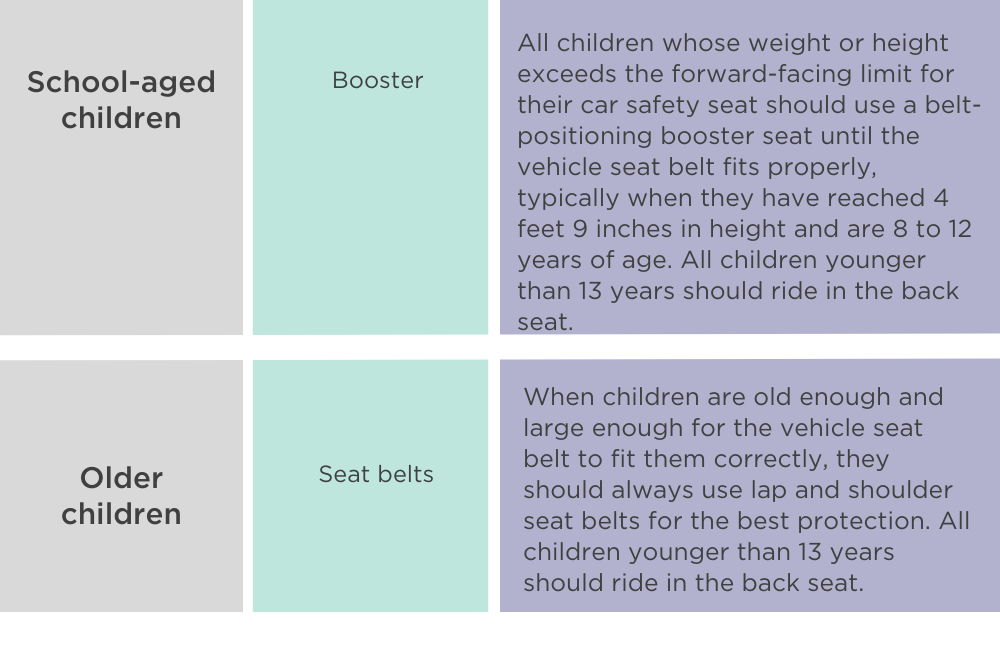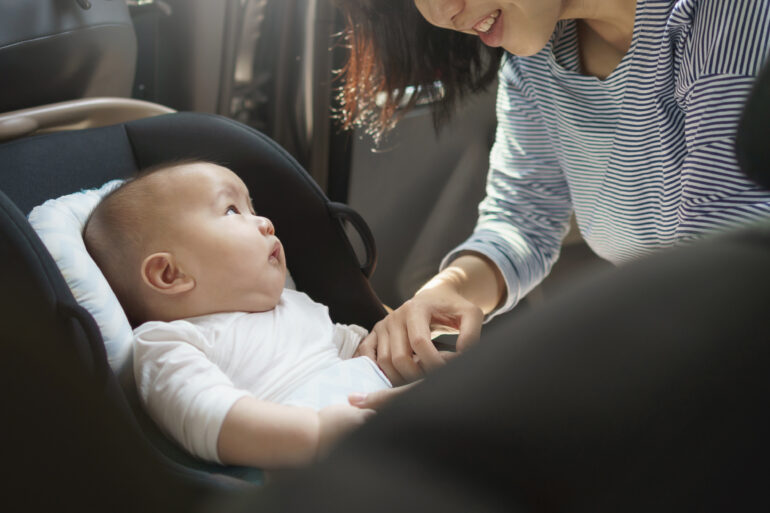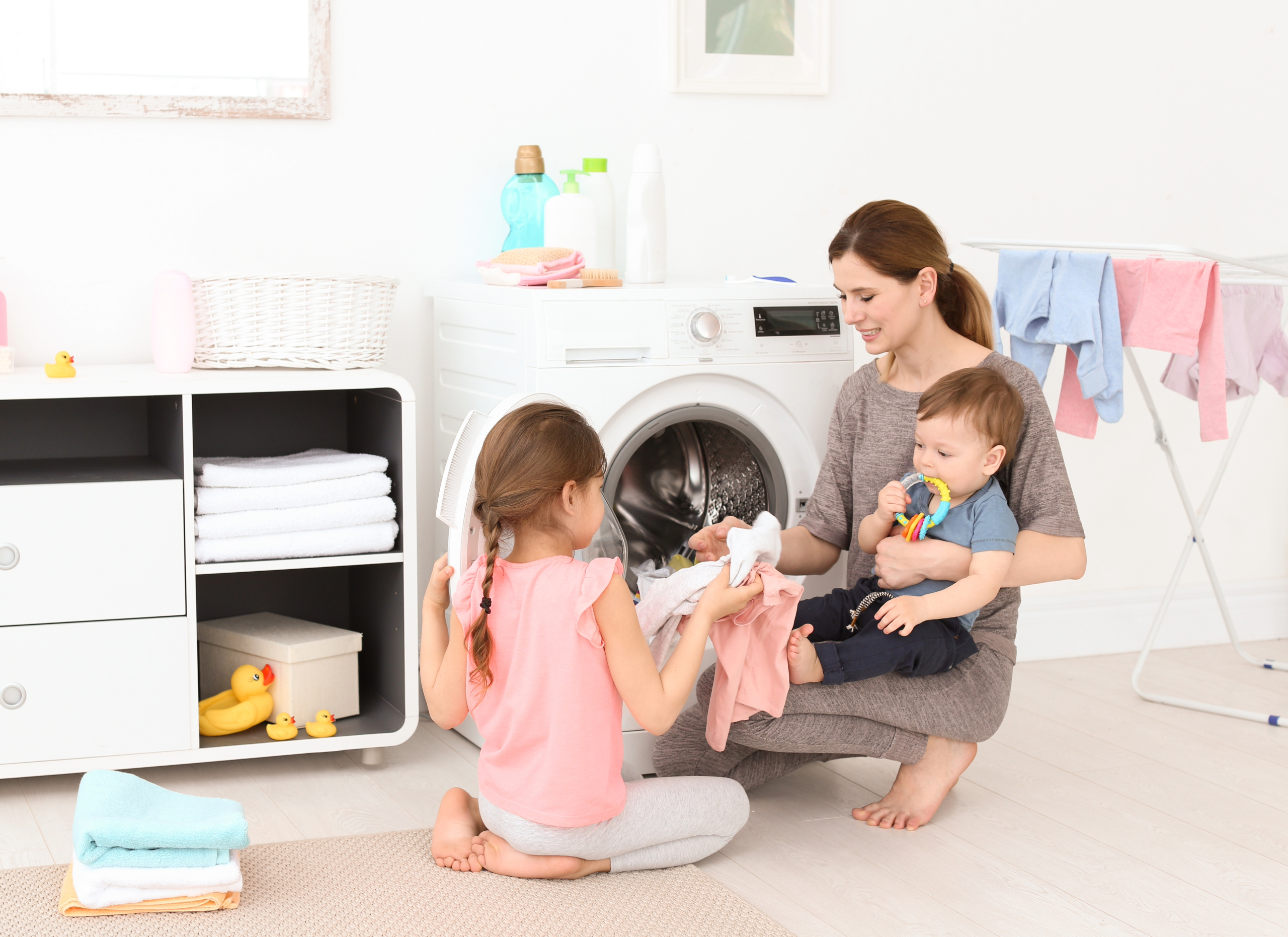Kids On The Move: How To Pick The Safest Car Seats
Republished article by JPMA Juvenile Products Manufacturers Association
Parents everywhere are faced with the challenge of creating healthy and safe environments to help 5kids reach their fullest potential. While maintaining a child’s general health and nutrition is essential, making sure kids are safe in the car is equally important. In recognition of Child Passenger Safety Week 2022 (September 18 – 24), JPMA is answering common questions about car safety seats, including both car seats and booster seats. As the voice of the industry on quality and safety for baby and children’s products, for more than 40 years, JPMA has helped parents feel confident in choosing safe products for their children.
Does my child need a car safety seat?

According to the Centers for Disease Control, motor vehicle accidents are a leading cause of death for children in the United States. Therefore, car safety seats are required in all states to provide adequate protection for young children. As children age, motor vehicle safety recommendations shift to the use of seat belts, which will be discussed later in our article. Periodically, the car safety seat recommendations are updated to reflect current guidelines from the American Academy of Pediatrics (AAP). It is important to remain up-to-date with all AAP safety recommendations, as well as state-specific transportation laws.
In 2018, the AAP updated their guidelines and recommended that car safety seats remain rear-facing for as long as possible, which is until the child reaches the weight OR height limitations for their specific seat. This information is found on the manufacturer’s website. This change was made in order to provide optimal protection for a child’s developing spine. In the event of an accident, the spine is better protected when the seat is facing backwards. PLEASE NOTE: the prior recommendation for switching to forward-facing seats at age two years old has been removed.
When a child has reached the upper weight or height limit for a seat that is rear facing, along with any minimum age requirements prescribed by state law or manufacturer instructions, the next step is forward-facing with harnesses. One key call-out is that all current forward-facing seats have top tethers to provide better head protection and other crash protection benefits. The car seat instructions tell you how to attach and adjust it, while the vehicle owner’s manual provides information on the correct tether anchor and routing. It is best to continue using this type of seat as long as allowed by the car seat instructions.
Once a child outgrows the weight or height limits for the forward-facing car seat, it is safe to shift to using a booster seat. A booster seat is a supportive chair that lifts the child into the correct position to wear a seat belt. Boosters should be used until a child reaches a height of 4 feet 9 inches tall AND is between eight and twelve years old.
Should you purchase a used safety seat?
Raising kids can be EXPENSIVE, but investing in safety products to protect their lives is PRICELESS! While repurposing childhood items is helpful to limit expenses and reduce waste in our society, careful attention must be paid to reusing baby gear, including car safety seats. Check the manufacturer’s instructions or website for recommendations on how long to use a particular seat. Make sure that your chosen safety seat is without cracks and includes all parts/buckles. Also, confirm that the safety seat comes with the original label including the date of manufacture and model number. This information is necessary to research if the seat has been recalled. You can search the National Highway Traffic Safety Administration (NHTSA) website for all car safety seat recall data. Lastly, never use a safety seat that has been in a moderate or severe traffic accident, as its ability for protection decreases upon impact. The NHTSA website can offer more specific guidelines on pre-used safety seats and manufacturer instructions should always be followed.



IMPORTANT NOTE: If you have questions about your specific car safety seat, contact the manufacturer directly.
So many choices! How do I choose the correct car safety seat for my child?
Thankfully, the American Academy of Pediatrics (AAP) provides helpful tips for choosing a car safety seat. Your child’s Pediatrician or Family Physician is also a valuable resource. In addition, you can ask trusted family members, friends, or coworkers for their recommendations. Another good suggestion is checking manufacturer reviews. Choosing the best possible car safety seat depends on your child’s size/weight, your family’s personal needs, and your vehicle type. It is best to ensure your child’s car safety seat follows these recommendations as listed on the AAP website:
When does my child no longer need a car safety seat?
Once the adult seat belt fits correctly, which is around the time a child reaches a height of 4 feet 9 inches and is between eight to twelve years old, they can safely transition to the vehicle’s regular seat, but should remain in the backseat until at least the age of thirteen years old. Also note, the lap and shoulder seat belts should be fitted properly for the child’s best protection. This includes specifically crossing the child’s chest (not the neck) and his or her hips/thighs (not the stomach).
Where can I find additional help?
As with any aspect of childhood wellness, it is important to consult your Pediatrician or Family Physician first. They are most familiar with your family’s history, as well as your child’s overall health and medical needs. However, it is reassuring that more support is available to help navigate this critical issue. The individual manufacturer websites, the National Highway Traffic Safety Administration, and Safe Kids are all great resources to provide additional information. Likewise, JPMA is an excellent resource that lists specific product information.
As children grow and develop, their car safety needs change and it is necessary to remain aware of current recommendations. Also, please remember that children should never be left unattended in vehicles. They are our most prized possessions and deserve safe journeys as they move throughout life.








I am struggling to find car seats for a car with inflatable seat belts. Any help would be wonderful